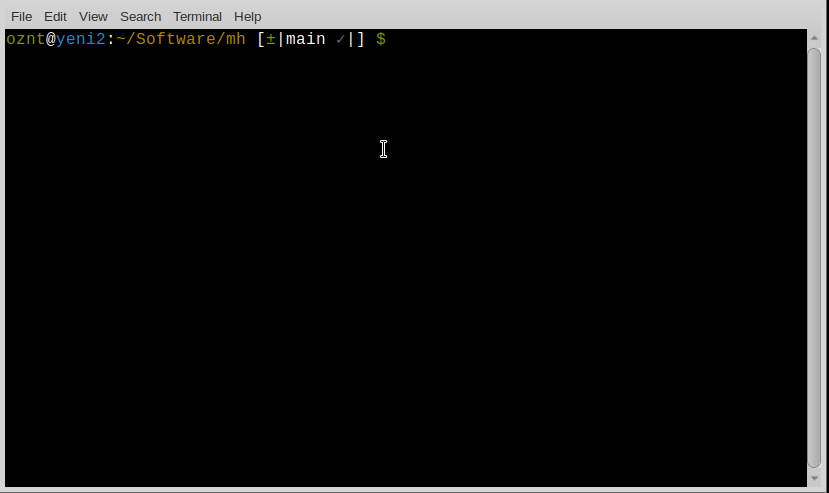A small program you put in your Makefile to produce fancy help.
Building modern software requires a lot of tools. I can't and I don't want
to memorize or type all these commands over and over again (docker, npm,
terraform, ansible, scss, etc). What ever your stack looks like, Makefile
and the make command help you avoid unnecessary typing and save time.
All too often, I forget which targets are available in the Makefiles of
different project. Also, as time goes on, these Makefiles can become gigantic,
and getting a quick overview by reading the Makefile becomes impossible.
The purpose of this program is to fix this situation by turning a Makefile
to self-documenting, by using a simple syntax for documenting targets, variables
and global make options.
This is much better than maintaining a help target manually for larger projects.
This program parses all the lines and checks for target, local variables
and global variables. If they are suffixed with ## or #? the string that
follows is interpreted as the help for that variables or targets.
The targets can be used with parameters like this:
make docker-build IMG=foo TAG=0.1
Or:
make test COLOR=red HOST=red.example.org
(As a side note: If you have a CI\CD pipeline a Makefile helps abstracting all
the stages and allows you to run all the tests, build and deploy phases locally).
Before you can compile mh, you need to install libpcre2 on your system.
Do one of the following, depending on your operating system.
$ {apk add pcre2, apt install -y libpcre2-dev, emerge dev-libs/libpcre2} #your-other-package-manager-here
Install this package in your path with:
$ git clone https://github.com/oz123/mh
$ cd mh
$ make mh # note you need libpcre2: }
$ sudo make install
Add PHONY target to your Makefile called help and set it to be the default:
.DEFAULT_GOAL := help
.PHONY: help
help:
mh $(target)
ifndef target
@echo ""
@echo "use \`make help target=foo\` to learn more about foo"
endif
You can then document the Makefile targets with ## after each target,
or #? after a variable
Note: the help text for for local variables should not have be prefixed
with spaces before #?.
Here is how you document targets and variables:
AUTHOR ?= Oz#? The program author
build: PROGNAME ?= magicballs#? The binary name to output
build: ## build the project
gcc -Wall -D AUTHOR=$(AUTHOR) $(OBJECTS) project.c -o $(PROGNAME)
For example, the Makefile.example in this repository will print the following,
when no target is given or when make -f Makefile.example help is called:
$ make -f Makefile.test
Targets:
bbbbb/color test that the HOST shows background COLOR
some/people/organize/their/targets/like/directories you know just because you can
ffff-color test that the HOST shows background COLOR
test_color test that the HOST shows background COLOR
docker-build build a docker image
docker-push push docker image to $(REGISTRY)
Global options you can override:
VERSION: version (default: $(shell git describe --always))
REGISTRY: container registry to push (default: docker.io)
IMG: image name (default: $(shell basename $(CURDIR)))
OPTS: add extra OPTS to misc commands
ORG: organization to push (default: oz123)
Use `make help target=foo` to learn more about foo.
You can also learn more about a specific target by doing:
$ make -f Makefile.example target=foo
No such traget: foo
make: *** [Makefile.test:9: help] Error 1
$ make -f Makefile.test target=ffff-color
Help for target: ffff-color
test that the HOST shows background COLOR
Options:
HOST: what host is running NGinx (default: localhost)
COLOR: which color should be the backround (default: green)
Usage: make ffff-color HOST=ping COLOR=bar
